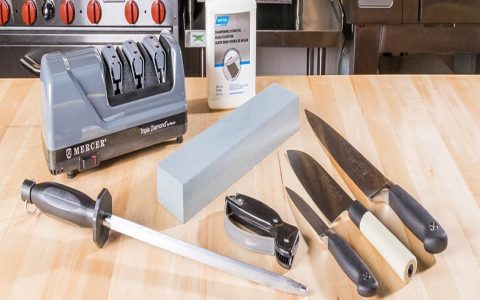An architecture knife, or precision utility knife, is essential for model-making and drafting. Follow these professional techniques to achieve clean, accurate cuts while maintaining safety.
Essential Safety Precautions
Always cut away from your body on a stable surface. Wear cut-resistant gloves and replace blades at the first sign of dullness. Never apply excessive pressure – let the sharp blade do the work.
Step-by-Step Cutting Technique
- Grip: Hold like a pencil near the blade with index finger on top, thumb and middle finger supporting the sides.
- Blade Positioning: Extend only 1-2 segments (3-6mm) for controlled cutting. Lock the slider securely.
- Angle Control: Maintain 45-60° against the material surface for optimal slicing.
- Cutting Motion: Use light, multiple passes (3-5 times) rather than single heavy cuts. Pivot materials, not the knife.
- Straight Cuts: Guide against a metal ruler placed BEHIND the cutting line with non-dominant hand applying downward pressure away from the blade path.
Material-Specific Guidance
Cardstock/Mat Board: Cut with the grain direction. For curves, rotate material while keeping knife stationary. Balsa Wood: Use fresh blades and reduce cutting angle to 30°. Acetate: Light pressure only – scoring deeply before flexing to snap prevents chipping.

Blade Maintenance Protocol
- Rotate blade segments when resistance increases (typically after 20 linear feet of cutting)
- Snap dull segments using built-in break-off groove with pliers (never fingers)
- Completely replace blades after 4-5 rotations
Practice pressure control on scrap material first. Consistent shallow passes yield cleaner edges than forceful cuts. Always store with retracted blade and use a blade bank for disposal.






